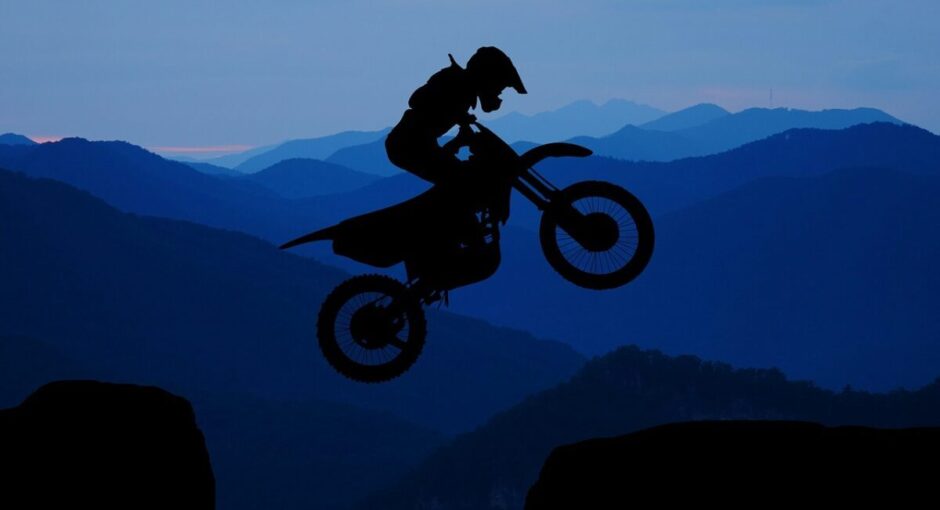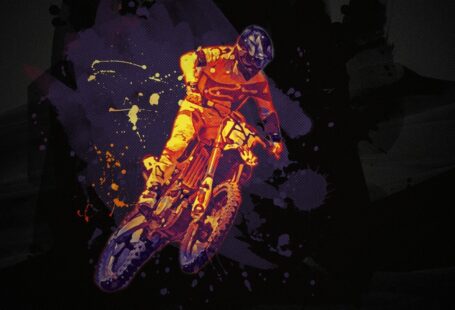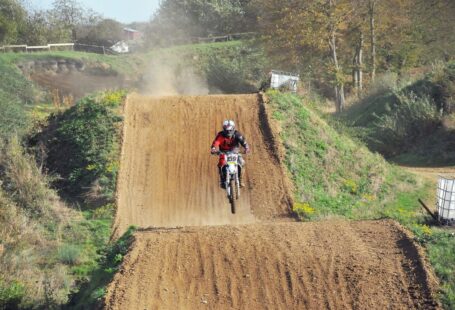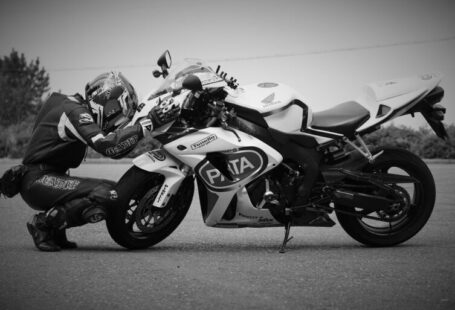Polaris decided to add to its assortment of outdoor recreational equipment with a line of motorcycles…
Some Victory motorcycle parts are powder coated in a Nordson booth that is programmed to move in and out according to part size.
Prime coates are applied manually, however Victory is considering robotic application systems for both the primer and clear coats.
Parts for other Polaris recreational vehicles are powder coated any of a number of colors.
Rotary atomizers apply color to tanks, fenders and side covers as they move through the line on an inverted conveyor system.
Do you want to play in the mud? The snow? On the water? On the road? Polaris™ Industries has the recreational equipment for you. Polaris is known for its watercraft, ATVs (all-terrain vehicles) and snowmobiles. Now Polaris has added to the outdoor fun with its newest division, Victory Motorcycles, whose first bike rolled off the line July 4, 1998.
Victory Motorcycle actually started a few years before that when the company assembled a team of serious, experienced motorcycle riders and engineers to “build a better cruiser.” Then they went riding. They rode every cruiser on the market and included some sportbikes in the fun. They found out what was good about the motorcycles and what they weren’t so crazy about. Then they created their own bike, a 92-cubic-inch V-twin bike counterbalanced for low vibration and solid-mounted to produce outstanding torsional rigidity.
Great as it was, they realized that to really capture any motorcycle enthusiast’s eye, Victory needed a spectacular finish for its bikes. Responsibility for that fell into the hands of the engineers at the Polaris Spirit Lake plant. The Spirit Lake facility had already established paint systems for Polaris ATV and watercraft lines; however, the finish on the Victory motorcycles had to be even better than the finish on the other Polaris products.
All raw metal parts, whether they are to be used for the motorcycles, ATVs or watercraft go through a phosphoric acid cleaning process. First step is Super-TERJ all-purpose powdered phosphated cleaner that is especially good for cleaning smutty steel prior to phosphating. The process is used in Polaris’ spray washers at 110-180F.
The Secure 2111 is a liquid cleaner/iron phosphate that cleans and coats the metal simultaneously. The accelerator is an organic material with excellent salt spray resistance. The solution is used at 120 to 160F and 1 to 3% by volume.
The final acid rinse, DuFix, is a blend of chromic and phosphoric acids used as the additive to the final rinse stage of the iron phosphating operation. It provides flash rust resistance prior to painting as well as corrosion resistance. Finally, the parts are run through a DI halo rinse.
Some of the Victory motorcycle parts are subsequently electrocoated and others are powder coated using an automated Nordson powder coating system with manual touchup. All motorcycle tanks, fenders and side covers are electrocoated after cleaning. This helps with corrosion protection, since Victory only allows for 1/16 inch of creep after 1, 000 hrs salt spray.
The electrocoating system from George Koch Sons, Evansville, IN, is set up at 2.5 amps per sq ft. The electrocoating is applied 0.085-1.0 mil thick. The electrocoat bath is continuously filtered to remove impurities. “We have to keep the bath extremely clean, ” explained Scott Steiert, paint engineer. “Once it is contaminated it is nearly impossible to salvage it, and the tank is costly to dump, treat and refill.” Following electrocoating and rinsing (rinses are also filtered and the water returned to the rinse tanks), parts are baked at 425F for 30 min.
Electrocoated fenders and gas tanks are then scuff sanded and put through the same cleaning line as the plastics that will be painted for the ATVs and watercraft. This is a five-stage cleaning system that begins with water knockdown, an acid wash, rinse, rinse, rinse with acid prep, another rinse with an acid prep, rinse and a DI halo as the parts exit. The cleaning on this is only for removing the electrocoat sanding dust and any residual hand or fingerprint oils/dirt that may have got onto the part during the sanding process.
The second stage is IPW-1320 liquid acid cleaner used at 120-160F that prepares and conditions plastics. A surfactant system removes mold release agents and other contaminants from the surface and keeps them in suspension so that they will not re-deposit on the part. The cleaner performs best between a pH of 3.0-4.0 and leaves the part slightly acidic, which enhances paint wet out and cure.
From the pretreatment line parts go into a dry-off oven for 15 min at 190F with a 6-min cool down and then to the primer booth where they are hand sprayed with gray primer. Each part carrier on the inverted conveyor handles 3 parts. Two operators apply the primer to all sides of each part using electrostatic guns.



